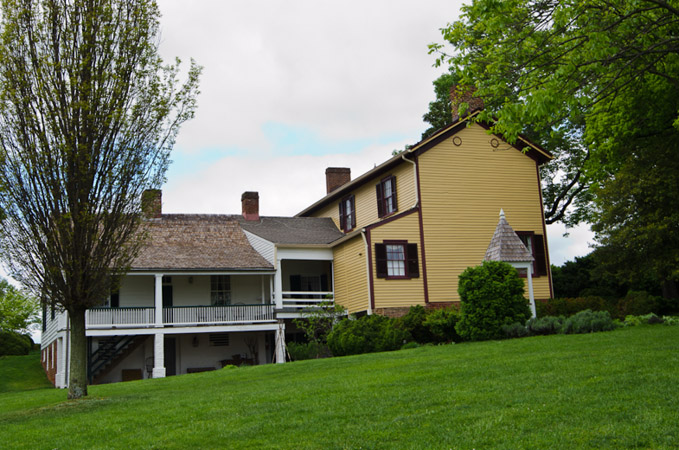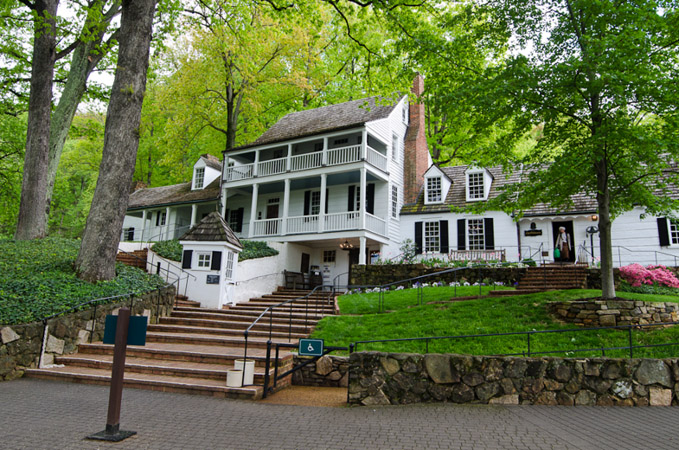James Monroe
After touring Jefferson's and Madison's homes James Monroe's home known as Ash Lawn-Highland was noted as considerably smaller in both size and style, located about four miles from Jefferson's Monticello. Monroe owned the home for twenty four years living there about six years total due to his extensive political and legislative obligations.
Jefferson sent James Monroe, who became our fifth president, (1817-1825) to France and Holland to negotiate both the Louisiana Purchase for $15,000,000.00 and a $6,000,000.00 loan from Holland to add to the $9,000,000.00 the United States had for the purchase.
 On November 23, 1799 James Monroe and his wife, Elizabeth Kortright of New York moved to his home in what is now called Ash Lawn-Highland (then called Highland). Their first guests were James and Dolley Madison who stayed for a month; they lived 30 miles away in Montpelier, a full days ride back in the day.
On November 23, 1799 James Monroe and his wife, Elizabeth Kortright of New York moved to his home in what is now called Ash Lawn-Highland (then called Highland). Their first guests were James and Dolley Madison who stayed for a month; they lived 30 miles away in Montpelier, a full days ride back in the day.
In 1974 Jay Winston Johns bequeathed Ash Lawn-Highland to Monroe's alma mater, the College of William and Mary, "for the education of the general public".
James Monroe is best known for his formulation of the Monroe Doctrine that basically said that the Europeans should not be involved in the political mechanizations of the Americas and the United States would not become involved in European affairs.
Michie Tavern
About a quarter mile from Jefferson's Monticello lies Michie Tavern (pronounced Mickey; he was a Scotsman). Historic Michie Tavern served as the social center of its community and accommodated travelers with food, drink and lodging. Michie Tavern also had a second story assembly hall used for various community functions and an overflow for lodging if you remembered to bring your bed role.
A tavern served a very important purpose back in the 1700's as a news center, for when the stagecoach arrived, it  brought news from outside the local area. The Michie Tavern assembly hall was generally the seat of local politics, as both locals and travelers gathered to share political views and a pint or two. Bars, lounges, pubs, taverns, speak ease's, cabarets, and resorts, each has its own flavor and each has its own persona or ambiance.
brought news from outside the local area. The Michie Tavern assembly hall was generally the seat of local politics, as both locals and travelers gathered to share political views and a pint or two. Bars, lounges, pubs, taverns, speak ease's, cabarets, and resorts, each has its own flavor and each has its own persona or ambiance.
The taverns of the eighteenth century and their scope of service were different from all of what we associate with today. Eighteenth century taverns were a combination of rooms, food, lodging, stagecoach stop, news center and community organizer point. Rates for a standard room were set by law although the proprietor had "special quarters" with higher rates and you could even rent a candle. A standard room was a multi person affair only allowing you space in the room, if you were early enough you could have a bed otherwise it was the floor.
To view the slideshow click here.